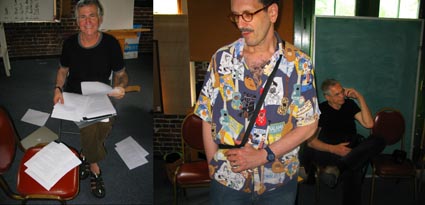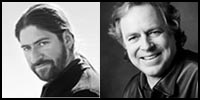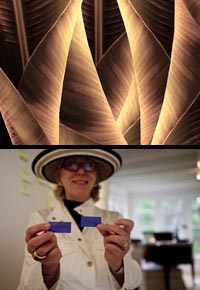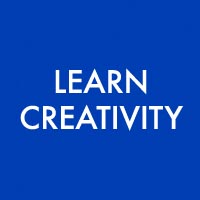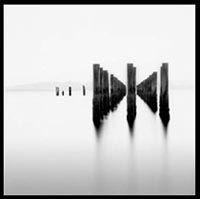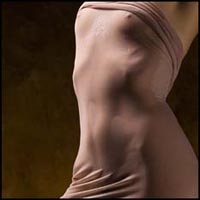Kernan Creativity Workshop – Day 2
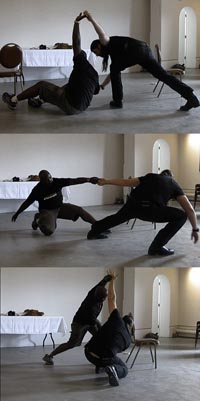
Sean (Kernan) used a great metaphor today. “For me, discovering photography was like finding a white horse in the woods. You get on and it runs away with you. I spent a long time learning to control it. Now I spend a lot of time trying to get it to run away again.”
I knew the week would be different. I knew I would be kinetically and theatrically challenged. I know Sean. I didn’t know how I would find a personal connection to the exercises. I did today. I’ve always been fascinated by birds flying in flocks and fish swimming in schools in unison. We participated in a bit of that ourselves today. This connected with my interest in sensed but unseen patterns.
Today involved more motion. Sean patterned a lot of today’s activities on an acting method called Viewpoints (Anne Bogart and Tina Landau). We moved to varied music. We gestured in response to architecture. We walked patterns in unison. We made shapes with each others bodies. We followed and reacted to each other’s rhythms and gestures. None of us are trained actors/dancers, most are complete novices, and yet the results today were surprisingly expressive.
The picture for this blog entry is an improvisational exercise in motion Sean Harris and I did together. It was surprising. It felt good. Onlookers enjoyed it.
I use other art forms (forms I intentionally remain an amateur at) improvisationally (being spontaneous and suspending judgement), looking for reminders of what it takes to enter, sustain, and direct flow states. Doing this helps my professional work. You can develop an instinct for flow. You can prepare for it. You can learn to enter it faster and go deeper with it. But you can’t will it to happen in any traditional sense of the word.
Letting go was a big theme today. When we tried too hard it didn’t happen. When we cast aside ego and intellect another part of ourselves kicked in – and things worked. It seemed to me that true mastery comes when this happens. Technique is learned and facilitates expression and reception but is aimless until it’s put in the service of something. Curiously, that something always seems to involve surprise for the creator. Discovery. Break through. So what does it take to get into that state with photography? How do you know when you’re there? How do you sustain it? How do you direct it?
I’ve got a few clues but no definitive answers. Sure I want more and I’ll keep searching for them. But I’ve come to understand that the questions themselves are more useful than the answers. They keep you on your toes. They keep you awake. Trust the process. Out of engaging the process unexpected answers come.
Who’s Sean Kernan? Find out here.
Read my in depth conversation with Sean here.
Read Sean interviewing me here.
Check out Sean’s blog entries on the class here.
Check out Sean’s creativity workshops here.
Check out my creativity workshop here.


